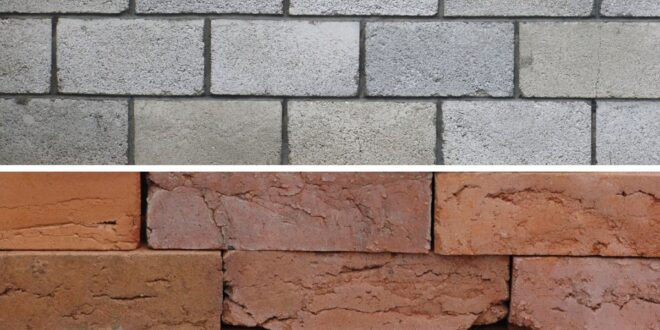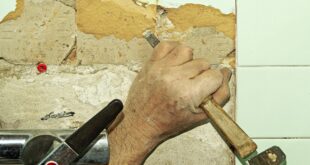Bricks are common building materials used in an extensive array of masonry applications, like walls and pavement. Clay bricks have been used since 7500 BC in simple construction, but today there are several types of bricks available. The two most common brick types are clay and cement, which are commonly referred to as concrete masonry units or CMUs. CMUs were first used in the early 1900s as a more affordable building material.
Depending on your needs, clay bricks and CMUs each have their advantages. The versatility of cement might be better suited for paving your outdoor seating area, while the longevity of clay would better serve your home, office, or academic construction.
Clay Brick Production Process
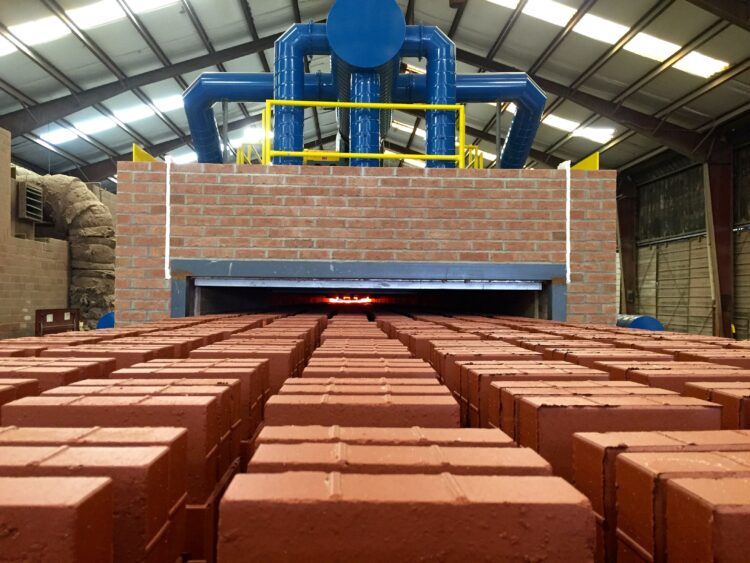
The process of clay brick production begins with the mining and milling of the appropriate clay. The color of the finished brick will be determined by the type of clay used in manufacturing.
Once the clay is received, it is screened for size. This ensures the uniformity and stability of the brick. Metals are removed from the clay using a magnet, and the clay is mixed with water. This mixture is compressed into rectangular sheets of a selected thickness. Any desired textures or finishes are added and pressed into the sheets before they are cut into columns, and the columns are cut to precisely-sized bricks.
According to mineralmilling.com, once cut, the bricks are dried for 20 to 40 hours between 50°C and 150°C, depending on the type of clay. The dry bricks are transferred to the kiln where they are fired at a temperature between 900°C and 2000°C for eight to 15 hours. The kiln is allowed to cool slowly over several days before the bricks are removed, graded, and sorted by hand. This grading process ensures the proper quality and uniformity for every application.
Cement Brick Production Process
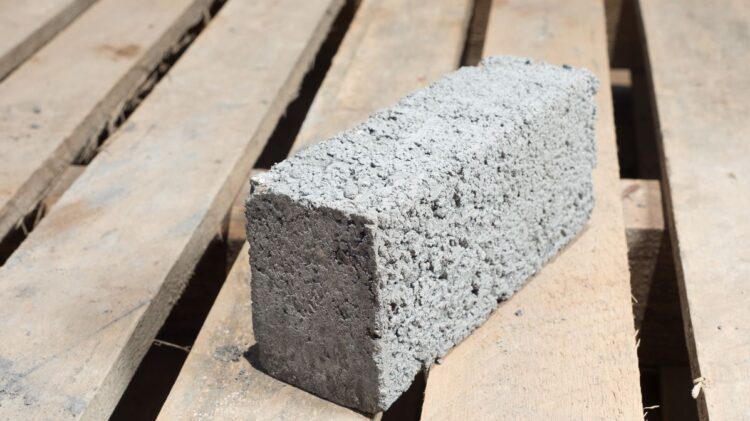
Concrete masonry units are made of cement mixed with aggregates. The composition depends on the desired appearance and application of the bricks.
Once the cement is screened, the various ingredients like sand, coarse aggregate, and water are added during the batching process. The cement binds the aggregates together when the water is added and forms a solid block. Any desired oxides are added for coloration at this stage and the batch is mixed for several minutes.
Vibration is used to compact the concrete once it is poured into the chosen molds. The flow rate and vibration are carefully measured to achieve accurate strength of the finished block. When the right compression is achieved, the blocks are transported to the kiln.
Humidity and temperature within the kiln begin at normal levels and are slowly increased. Once the steam is fully introduced and the temperature has reached about 40°C, these blocks will cure for 16 to 24 hours. The heat and steam are turned off and the blocks will sit in the kiln for an additional 12 to 18 hours. The humidity is then flushed from the kiln and the temperature is raised again to dry the blocks.
Benefits of Clay Versus Cement Bricks
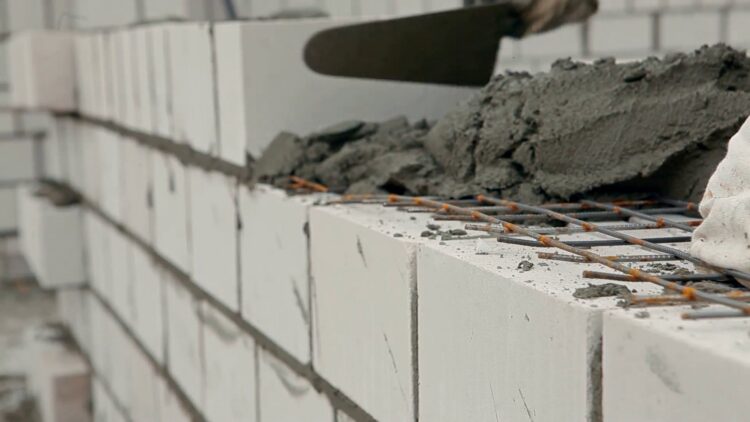
One of the primary differences between concrete masonry units and clay bricks is that CMUs will shrink after construction and clay bricks will expand. Clay bricks require expansion joints, and the expansion creates a tighter seal. This action is preferable to the shrinkage of CMUs, which requires sealants within control joints to be replaced periodically.
Another notable advantage to clay bricks is that the coloration is permanent, whereas the pigment in cement bricks will fade over time. This is because the pigment is a characteristic of the clay itself, and it makes clay brick more suitable when the aesthetic value is a factor. Clay brick also retains its structure longer than CMUs, which is a vital factor in virtually every construction project.
CMUs might be chosen over clay brick when the primary feature of the construction is decorative. This is because CMUs are much more versatile regarding shape. Clay bricks are generally restricted to rectangular prisms, while concrete masonry units can be molded into a variety of designs. CMUs can also be stamped and textured for additional decorative appeal.
The cost of clay bricks compared to CMUs is relatively similar, considering the distinct advantages of clay brick. A general estimate for clay brick, depending on location, might be $300 per thousand units. An estimate for CMUs might be closer to $250 per thousand units. It’s important to note that clay bricks are generally smaller than CMUs, which will affect the number of units needed for construction.
 Hi Boox Popular Magazine 2024
Hi Boox Popular Magazine 2024
